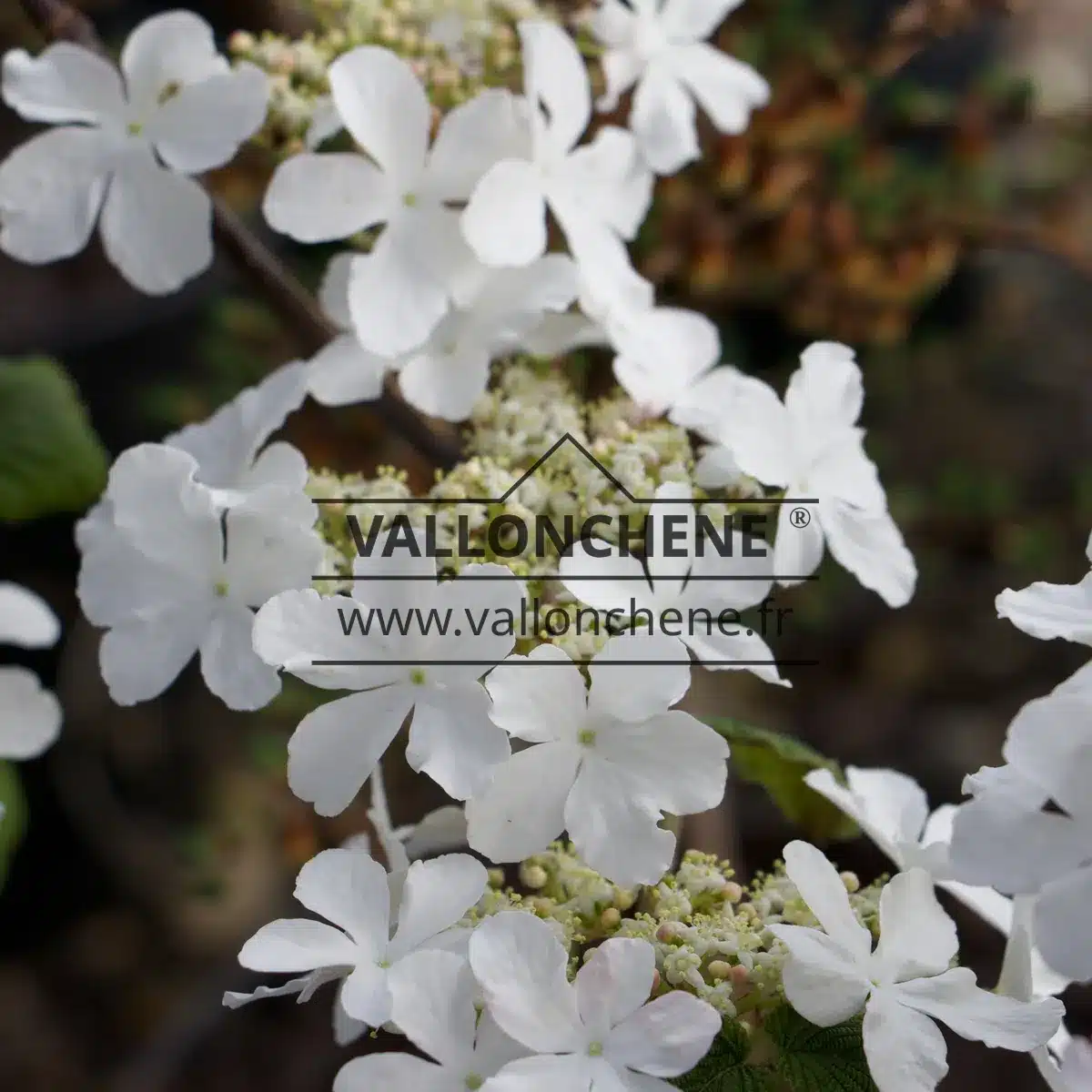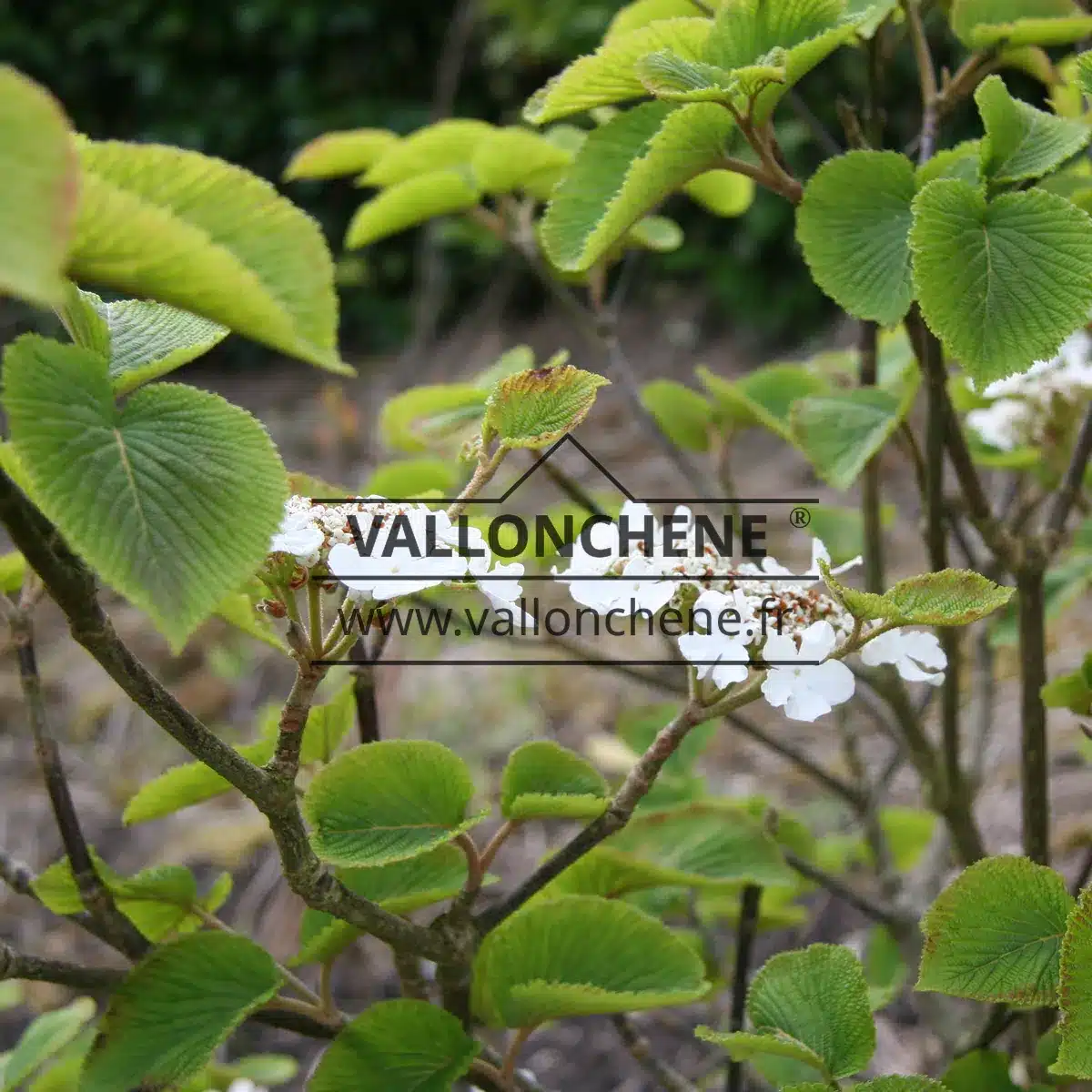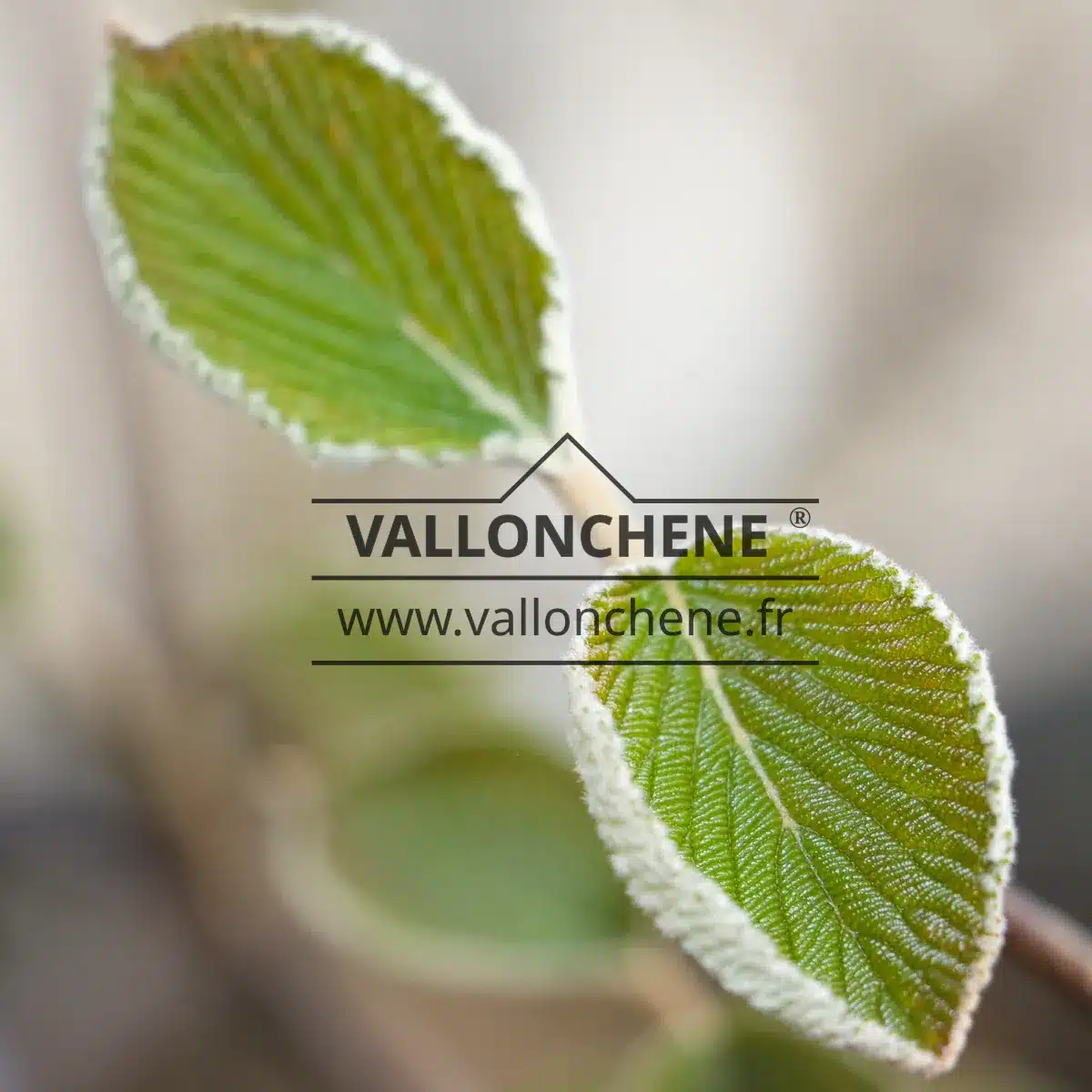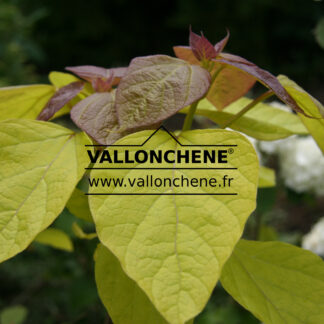Description
VIBURNUM furcatum also bears the name of Forked Viburnum. This rare shrub, much appreciated by collectors, is a true marvel:
- In spring, it is one of the first Viburnums to flower. The graceful flowers are giant, white and flat. They will be a treat for the bees.
- Then the plant develops its embossed foliage. When the buds burst, it takes on a soft green color accompanied by a magnificent whitish down. The large leaves are quite round and decorative.
- In summer, red fruits follow the flowers.
- In autumn, the foliage takes on flamboyant colors of orange, red and yellow tones.
- Finally, in winter, the plant stands out by its shape and its development in stages.
Forked Viburnum grows slowly. As a result, it finds its place in gardens of all sizes. In Vallonchêne Garden, the plant withstood temperatures down to -22°C.
To view all VIBURNUM currently available for sale, please click here.
How to plant and care for VIBURNUM furcatum?
Plant the shrub in light or normal soil with an acidic, neutral or calcareous pH. The location may be humid, moderately humid or dry. It likes full sun and is also happy with partial shade.
Tip: Avoid excessively humid places in winter, and ensure good humidity during dry periods of spring and summer.
You can prune Forked Viburnum in March before new growth.
All in all, it is a fairly easy plant to grow.
For a good preparation of the pot or ground, we have designed specific instructions available here. Furthermore, discover here how to water your garden and save water.
History and Origin
This species finds its origins in the mountains of Sichuan and Yunnan in China, at altitudes of 1,800 to 3,000 meters. It grows there in a cool and humid climate.
The botanist Jean-Marie Delavay discovered VIBURNUM furcatum in the 20th century. It was introduced to Europe in the 1900s.
In traditional Chinese medicine, it is appreciated for its anti-inflammatory and antibacterial properties.







